Table of Contents
Quality Service Guarantee Or Painting Free

Get a rental agreement with doorstep delivery

Find the BEST deals and get unbelievable DISCOUNTS directly from builders!

5-Star rated painters, premium paints and services at the BEST PRICES!
Loved what you read? Share it with others!
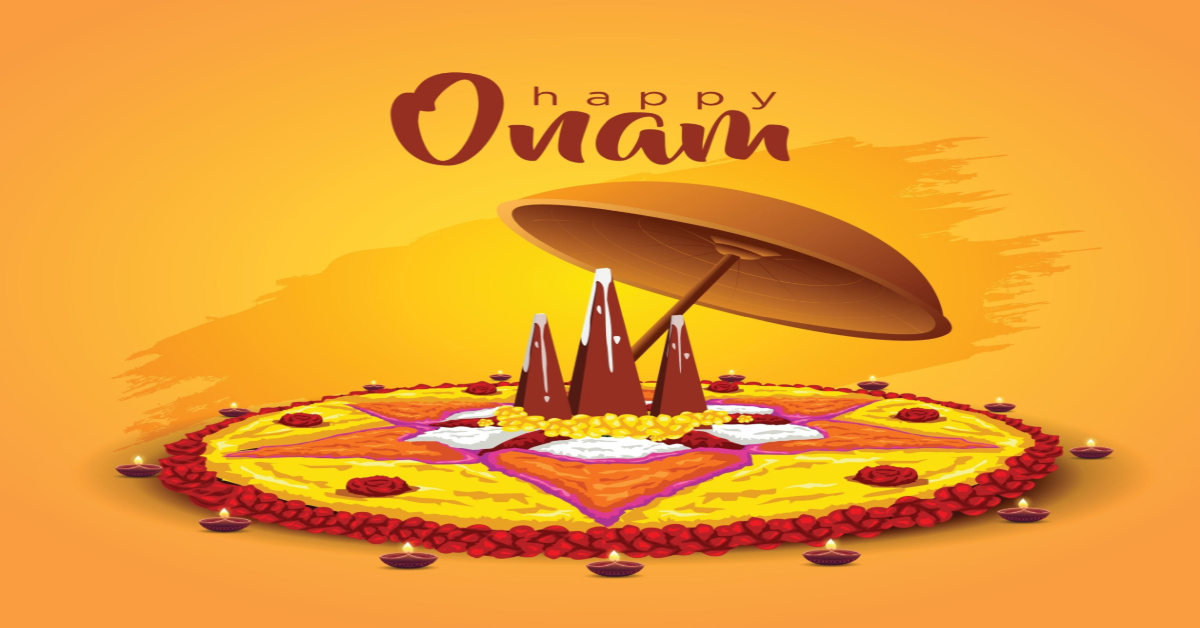

Submit the Form to Unlock the Best Deals Today
Check Your Eligibility Instantly

Experience The NoBrokerHood Difference!
Set up a demo for the entire community

Tenant Super Relax Plan
Enjoy Hassle-Free Renting
 Full RM + FRM support
Full RM + FRM support Instant alerts & premium filters
Instant alerts & premium filters Rent negotiation & relocation help
Rent negotiation & relocation helpSubmit the Form to Unlock the Best Deals Today
Onam Date 2025: Celebration, Traditions and History
Table of Contents
Onam, the vibrant and joyous harvest festival of Kerala, is a time of celebration, filled with rich traditions and colourful decorations. However, preparing your home for the festivities can often seem like a daunting task, especially when you're unsure where to start.
Whether you’re a Kerala-born-n-brought-up Malayali or somebody who wants to explore Onam festivities and decorations, look no further. We've crafted this guide to help you navigate through the process with ease. From creating a beautiful Atthapookalam to arranging a traditional Onam feast on a plantain leaf, we've got you covered.
The Story of Onam
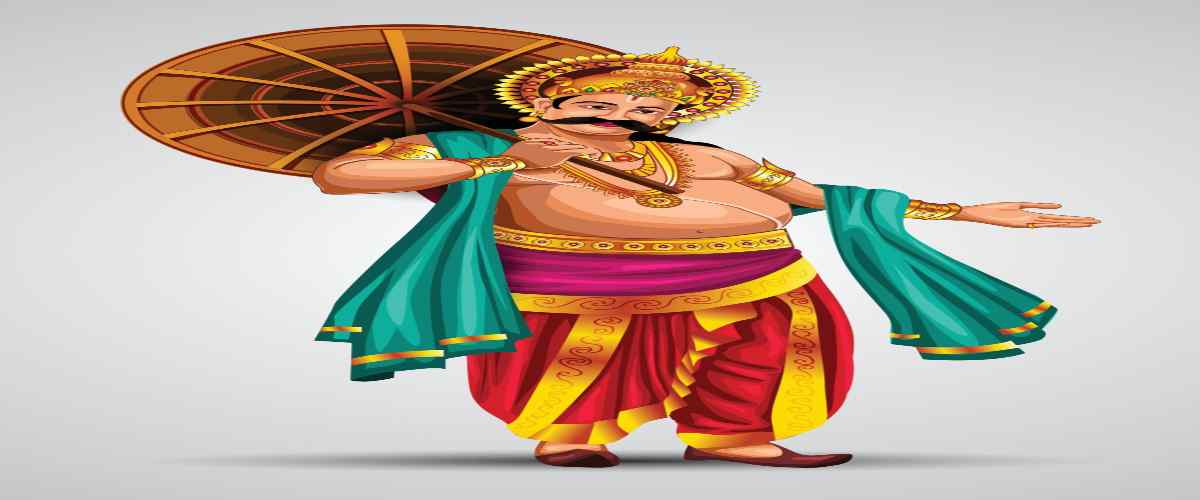
Onam is steeped in rich mythology that dates back centuries. The festival commemorates the reign of the benevolent Asura(Daitya) king, Mahabali,(aka Maaveli) the grandson of Prahlada.
Quality Service Guarantee Or Painting Free

Get a rental agreement with doorstep delivery

Find the BEST deals and get unbelievable DISCOUNTS directly from builders!

5-Star rated painters, premium paints and services at the BEST PRICES!
According to popular legend, Mahabali's rule was a golden era, marked by equality, justice, and abundance. A popular Onam-themed folk song/poem in Malayalam describes Mahabali reign in this manner—
Maveli Naadu vaanidum kaalam
Manushyarellarum onnu pole
Aamodathode vasikkum kaalam
Aapathangarku-mottilla thaanum
–which translates to
In the time when Maveli ruled the land,
Equality reigned, hand in hand,
Joy and mirth were everywhere,
Free from harm, and full of care.
However, his growing popularity and power became a concern for the Devas, the gods, who felt threatened. They sought the help of Lord Vishnu, who, in the guise of a dwarf Brahmin named Vamana, tricked Mahabali into granting him a wish.
Vamana asked for as much land as he could cover in three steps. Once the wish was granted, Vamana grew to an immense size and covered the earth and the heavens in two steps.
For the third step, the humble and honourable Mahabali offered his head.
Touched by his devotion, Lord Vishnu granted him a boon - to visit his beloved subjects once a year. It is this annual return of Mahabali that Onam celebrates, symbolising the spirit of sacrifice, humility, and the joy of welcoming a loved one home.
The History of Onam

However, historians put across a different origin for Onam. During the Sangam period, when Buddhism was gaining traction in Kerala and Tamil Nadu, the practice of Bhajans and scholarly pursuits became a popular way of life during the monsoon season.
As the rains receded, coinciding with the Shravan season, people would resume their regular activities, marking the revival of business after the rainy hiatus.
Onam 2024 Dates Explained: When is Onam Celebrated?
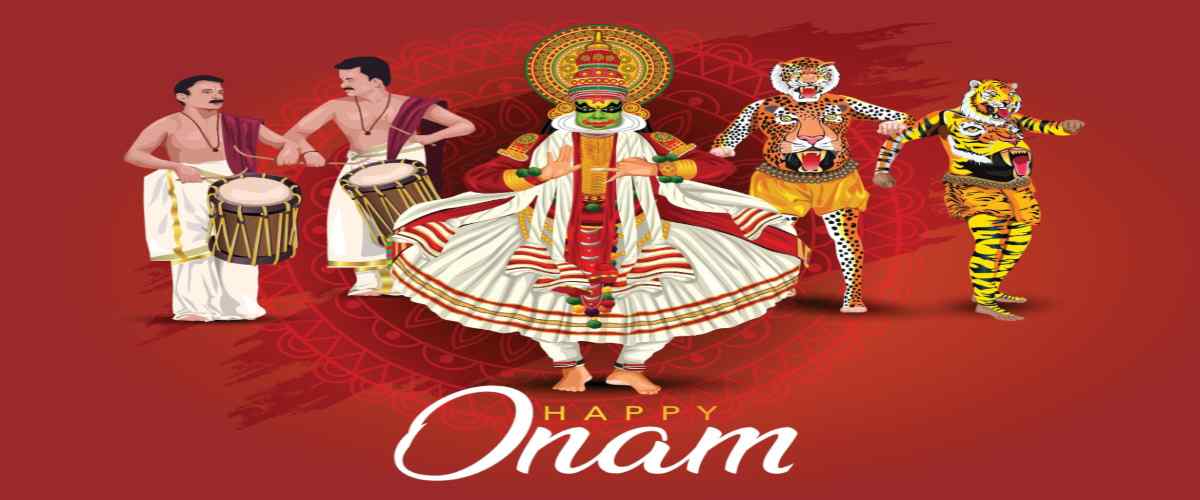
Onam is celebrated in the month of Chingam. This corresponds to August-September in the Gregorian calendar and Bhadrapada-Shravana in the Hindu calendar.
The dates of Onam are calculated based on the Malayalam calendar, a solar calendar unique to the region. This calendar, which begins in the year 825 CE, known as the Kollam Era, is divided into 12 months, each consisting of 29 or 30 days.
The precise date of Onam is determined by the Panchangam, a traditional Hindu astrological calendar. It falls on the 22nd nakshatra, or lunar mansion, called Thiruvonam.
The festival spans ten days, with the first day known as Atham and the others sequentially labelled as Chithira, Chodhi, Vishakam, Anizham, Thriketa, Moolam, Pooradam, Uthradam and Thiruvonam, with Thiruvonam being the most important.
In 2024, Onam will be celebrated from August 20 to August 31, with Thiruvonam, a public holiday in Kerala, marking the high point of the festivities.
The Cultural Significance of Onam
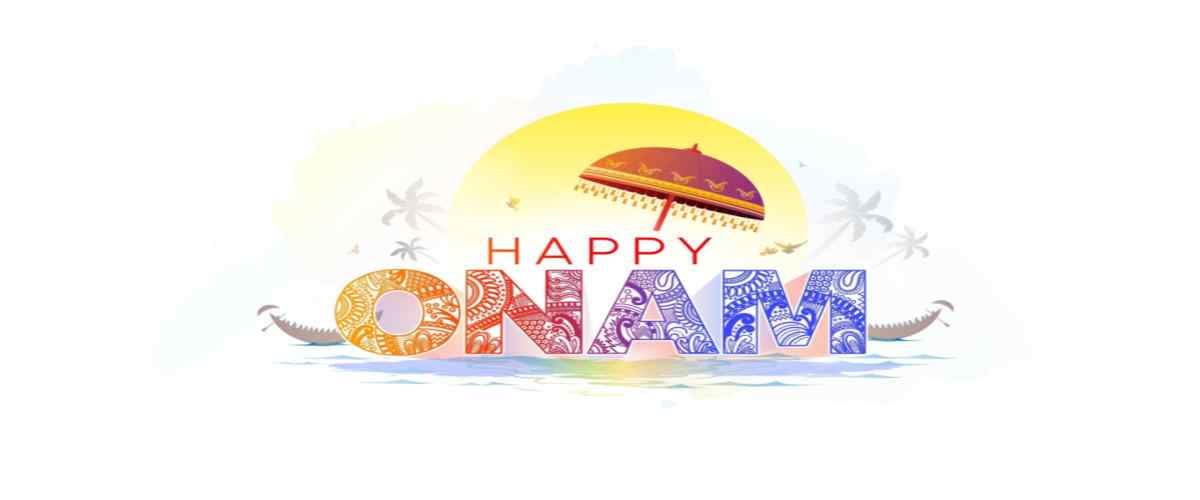
The 21st-century perspective on Onam transcends geographical boundaries, resonating with the Malayali diaspora worldwide. For Non-Resident Indians (NRIs), particularly those from Kerala, Onam serves as a cultural tether, a vibrant reminder of their roots and traditions.
For Malayalis residing in non-Keralite states within India, Onam is a unifying force, a celebration of their shared heritage. It's a time when cultural associations and groups come together to organise community feasts, cultural performances, and games, creating a mini Kerala in their adopted states. These celebrations help keep their cultural identity alive and foster a sense of community among Malayalis, irrespective of their location.
How is Onam Celebrated? Onam Rituals and practises are associated with Onam
Now let’s explore some of the most popular rituals and practises that are associated with Onam–
1. Pookkalam
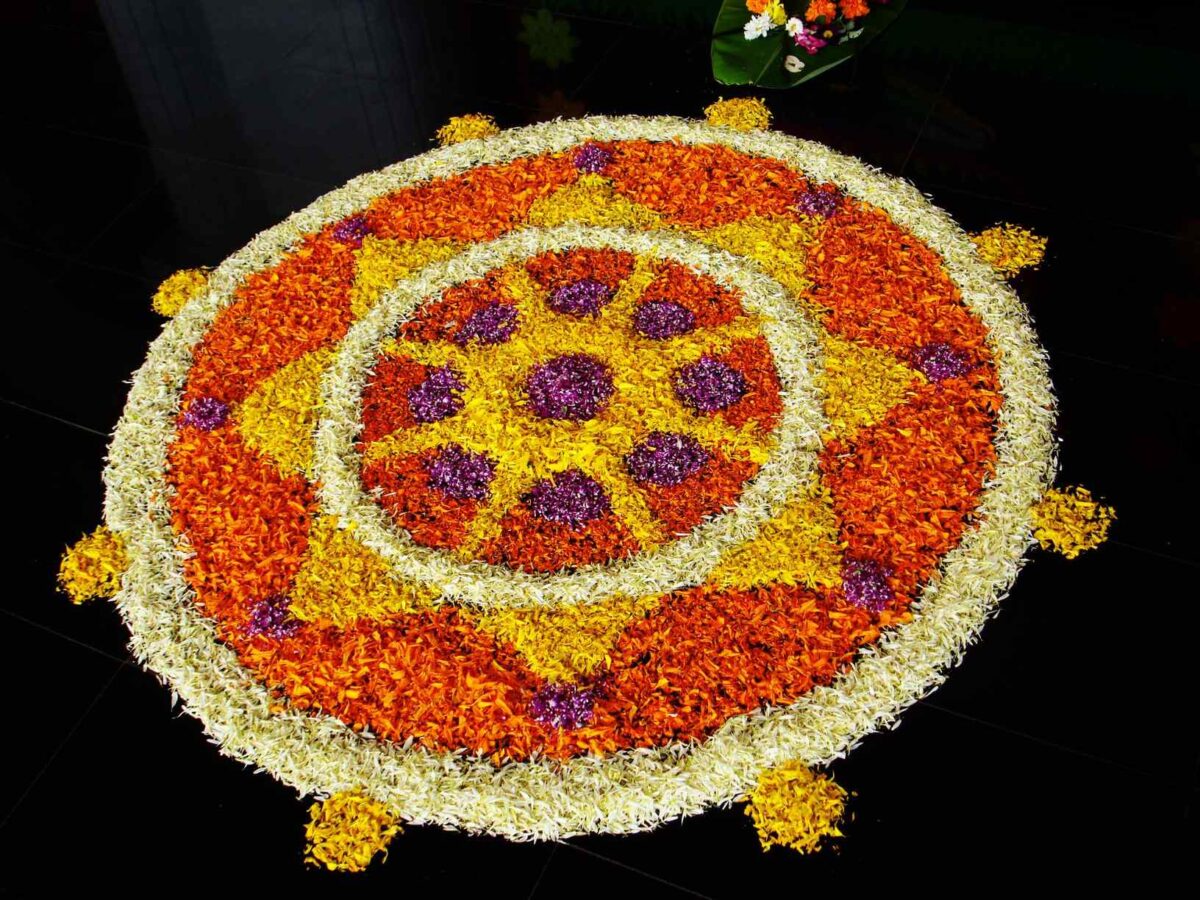
Pookkalam[Poo- Flower; Kalam– arrangement] often called an Atthappookkalam[Attham being the] is a beautiful flower rangoli created during Onam in front of homes and temples. It consists of intricate designs made with vibrant flowers. Families and even organisations often compete in Pookkalam competitions, showcasing their artistic abilities.
2. Ona-Sadya
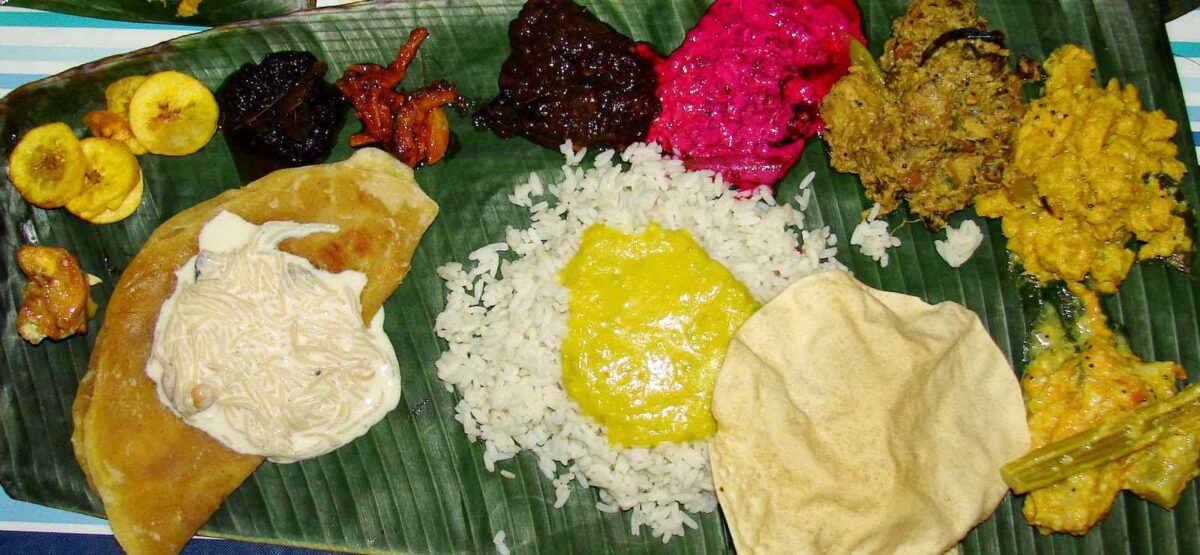
Ona-Sadya[Sadya- feast] is a traditional feast served on banana leaves during Onam. It's a grand meal which can consist of up to 100 dishes, including vegetables, fish, meat, and rice. The variety and richness of the meal reflect the cultural diversity of Kerala. It's a communal experience, often shared with family and friends. The feast is a highlight of the Onam celebration.
3. Pulikali
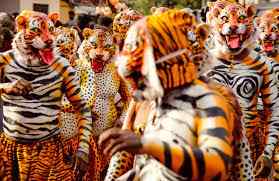
Pulikali[Puli–leopard Kali–game] is a traditional dance performed by men during Onam. The performers are covered in turmeric and rice flour and dress up as tigers. They dance to the beat of drums, mimicking the movements of tigers. The dance is lively and colourful, attracting spectators from near and far. Pulikali adds a unique and energetic flair to the Onam festivities.
4. Thiruvathira Kali
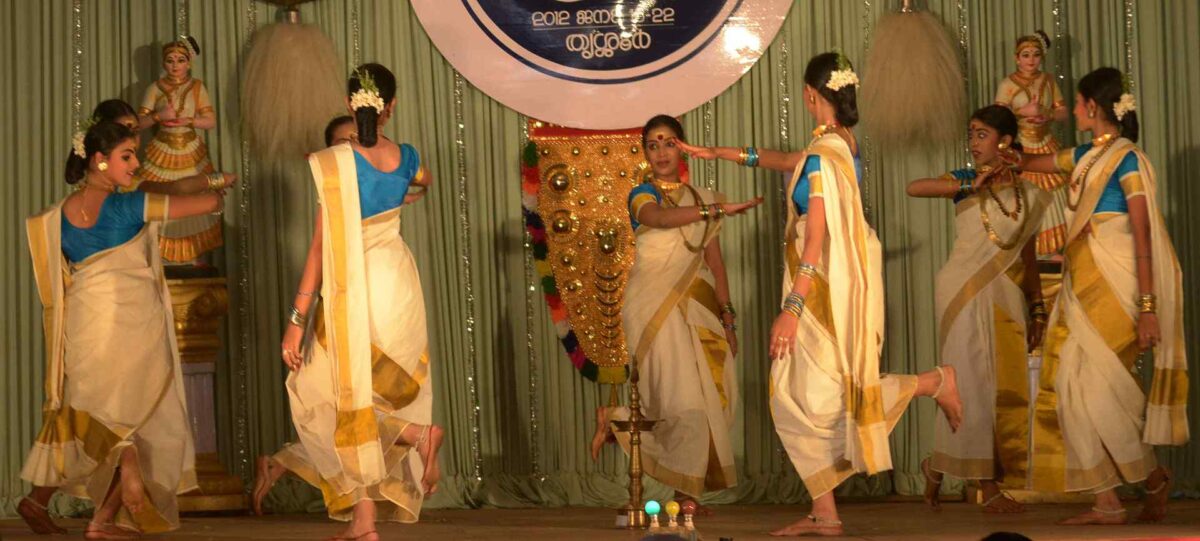
Thiruvathira Kali is a folk dance performed by women on the ninth day of Onam. The dancers form a circle and move gracefully to traditional music. It's believed to bring good luck and is often performed around a lamp or floral decoration. The dance symbolizes feminine beauty and grace. Thiruvathira Kali adds a touch of elegance to the Onam celebration.
5. Onaththappan
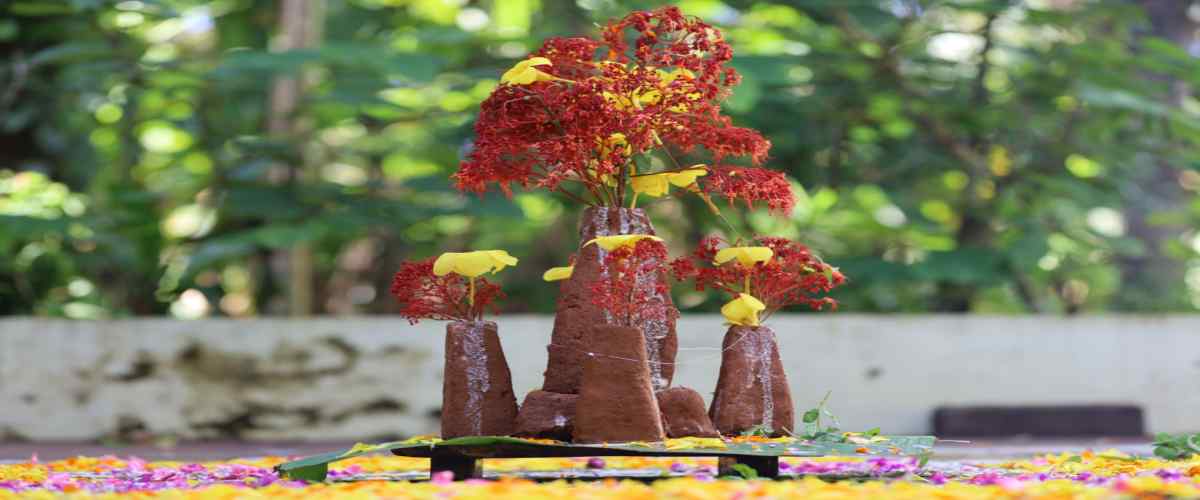
Onaththappan is a ritual performed on the tenth day of Onam. It involves creating pyramid-like structures representing Lord Vishnu and King Mahabali. The ritual is a way of offering prayers and gratitude to King Mahabali. It's performed with devotion and reverence, often near a water body. Onathappan marks the culmination of the Onam festival, signifying respect and honour for the legendary king.
Wanna Feel the Onam Vibes at Your Home-Away-from-Home?
Although it’s becoming more and more common for workplaces, colleges and communities outside Kerala to celebrate Onam, here are 3 Onam Celebration ideas for your home–
1. Make an Attha-Pookkalam at Home

All it takes is some flowers, a piece of thread and chalk. Use the chalk piece(or a crayon) tied to the end of the thread to draw circular patterns. You can find plenty of Atthapookalam design ideas on Pinterest. You can either use the flowers from your home or society garden or maybe order some online. Add a traditional Nilavilakku(Kerala Style Lamp) and light a few agarbatti and soak in the Onam vibes. Make it a family activity, allowing everyone to contribute.
2. Prepare an Ona-Sadya
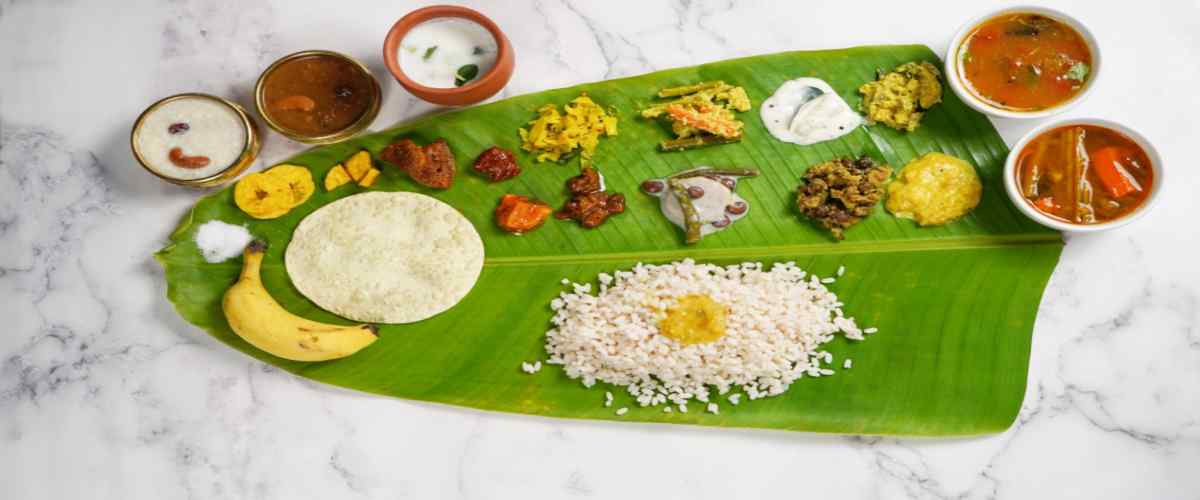
Chart out the menu for the Onam feast at least 2 days in advance. Include traditional dishes like sambar, avial, payasam and maybe Boli as well. If you feel cooking is a chore, you can always order a Traditional Kerala feast via any of the reputed food delivery apps. Some of these apps even send along washed and cut Banana leaves in which you can serve the feast.
3. Dress in Traditional Attire
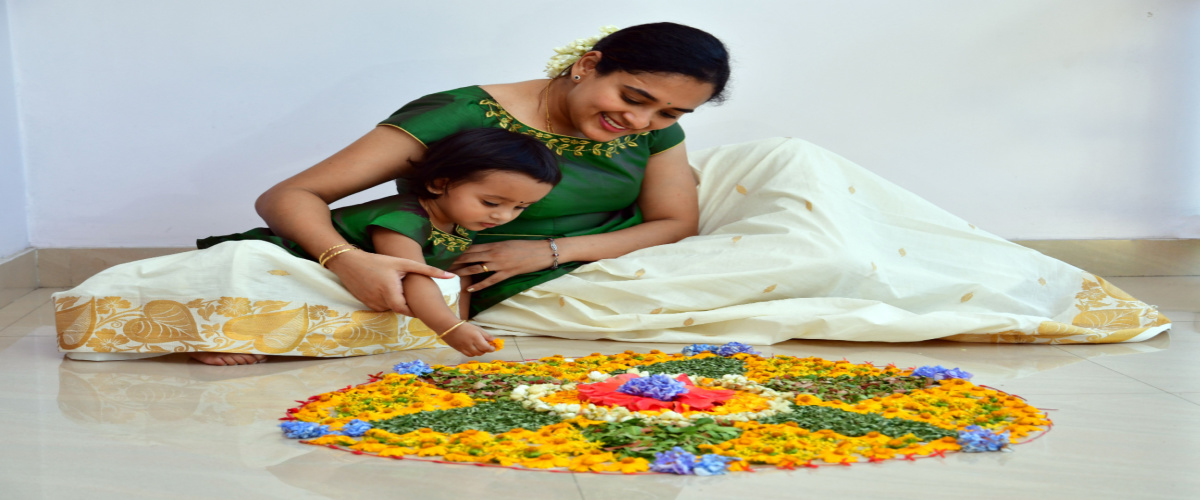
Men can embrace the traditional Onam attire by wearing a mundu, preferably a white dhoti with a golden lining along with a traditional long Kurta. Women, on the other hand, can dress in a traditional Kerala saree(or the two-piece saree aka Mundum Neriyathum/Sett-Mundu). Add golden ornaments to complete the look. Pro Tip; men who feel skittish about the dhoti undraping itself can always opt for a velcro dhoti to save themselves from potential embarrassment.
Onam Without the Cleanup Woes: Let NoBroker Cleaning Service Handle the Aftermath
After soaking in the vibrant colours, tantalising flavours, and rich traditions of Onam, it's natural to feel a bit overwhelmed by the thought of cleaning up post-festivities. But worry not, for NoBroker cleaning service is here to take that burden off your shoulders.
With our dedicated and professional team, we ensure that your home is restored to its pristine condition, allowing you to relax and reminisce about the joyous celebrations.
Whether it's the remnants of a beautiful Atthapookkalam or the aftermath of an indulgent Ona-Sadya, we've got you covered.
Embrace the spirit of Onam without the stress of the aftermath, and let the NoBroker cleaning service be your helping hand in keeping the festive spirit alive, even after the celebrations have ended. Book your cleaning and continue to bask in the warmth and joy of Onam, the NoBroker way!

FAQ'S
A.Onam celebrates the annual return of the benevolent Asura king, Mahabali, symbolising equality, justice, and abundance. It's a harvest festival that marks the end of the monsoon season and the revival of business and daily life. The festival transcends religious boundaries and is a unifying celebration of Kerala's rich cultural heritage.
A. The traditional Onam feast, known as Ona-Sadya, includes a variety of dishes like sambar, Avial, payasam, and more, served on banana leaves. The feast reflects the culinary diversity of Kerala and can include up to 100 different dishes. Recipes can be found in traditional Kerala cookbooks, online cooking blogs, or through video tutorials on platforms like YouTube.
A. Introducing Onam to children or friends can be a joyful experience by sharing stories of King Mahabali, engaging in activities like flower rangoli (Pookkalam), and preparing traditional dishes together. You can also dress in traditional attire and watch cultural performances online or attend local Onam celebrations if available. Educational books, videos, and interactive games can also make learning about Onam fun and accessible.
A. Even outside Kerala, Onam can be celebrated by connecting with local Malayali associations or cultural groups that may organise community feasts and events. You can also create your own Onam experience at home by decorating with Pookkalam, preparing Ona-Sadya, and dressing in traditional attire. Online platforms and social media groups may provide information about virtual celebrations and ways to connect with fellow Malayalis in your area.
A. Celebrating Onam sustainably can include using locally sourced and seasonal flowers for Pookkalam, serving Ona-Sadya on reusable banana leaves or eco-friendly plates, and choosing organic and local ingredients for cooking. You can also embrace traditional practices that are inherently sustainable, like community sharing and reducing waste. Engaging in cultural preservation activities, such as supporting local artisans and musicians, can also contribute to an ethical celebration.
Loved what you read? Share it with others!
Most Viewed Articles

15 Safety Rules at Home for Kids
May 18, 2020
418403+ views
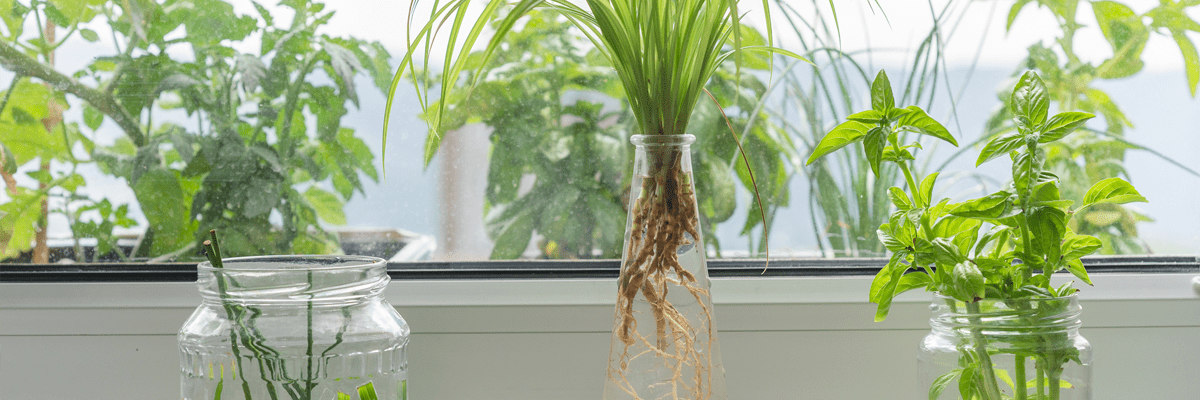
Plants That Need Only Water to Grow and How it is Different from Hydroponics
July 27, 2023
122779+ views
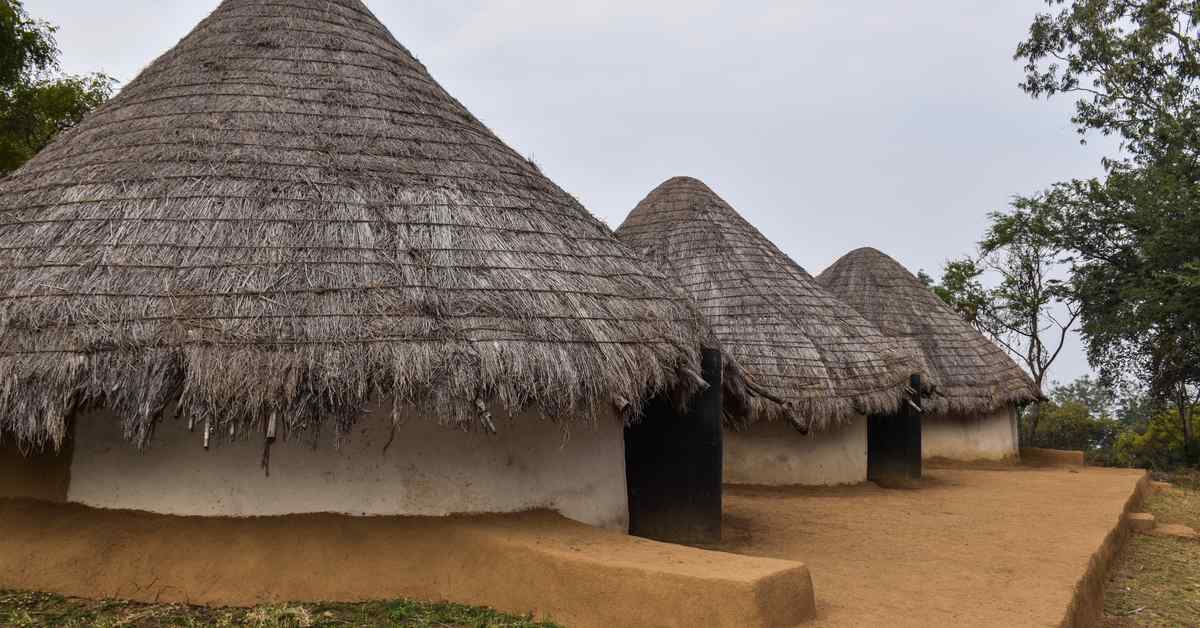
Kutcha House - Construction, Purpose and Significance!
January 15, 2025
53483+ views
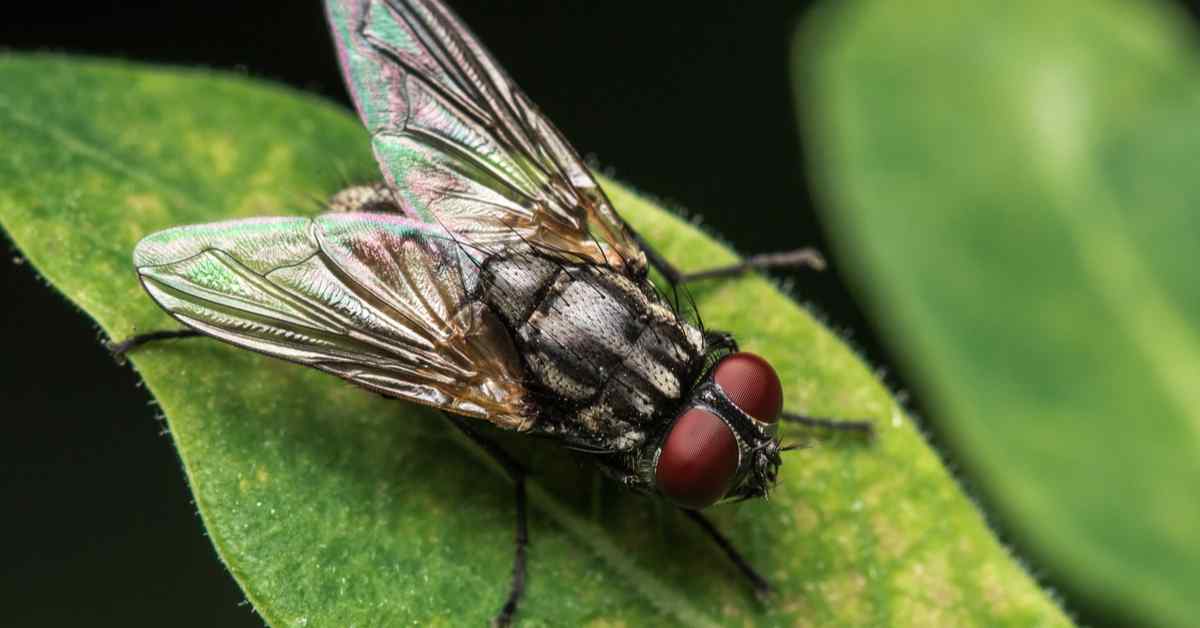
10 Best Ways to Get Rid of Houseflies at Home: DIY & Quick Fixes for 2025
January 31, 2025
49227+ views

Best Out-of-Waste Ideas to Decorate Your Home
January 31, 2025
41581+ views
Recent blogs in
5 Budget-Friendly Ways to Decorate Your Balcony
January 31, 2025 by NoBroker.com
How to Keep Your House Smelling Good All the Time?
January 31, 2025 by NoBroker.com
DIY Christmas Decoration: Tree Craft and More
January 31, 2025 by NoBroker.com
The Best Flowering Plants for Indian Winters 2025
January 31, 2025 by NoBroker.com
Lohri 2025: The Importance and Significance Of Lohri Festival
January 31, 2025 by NoBroker.com







Join the conversation!